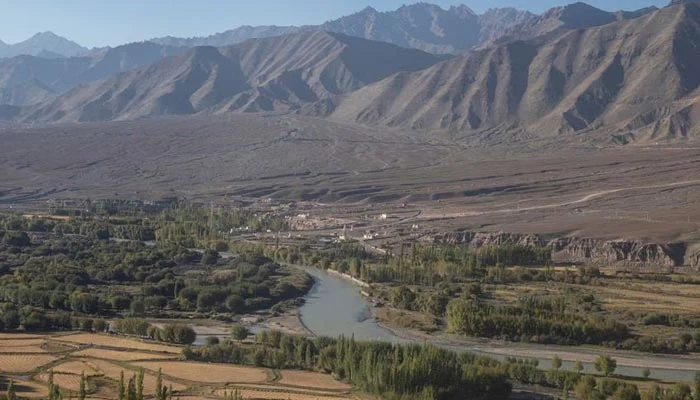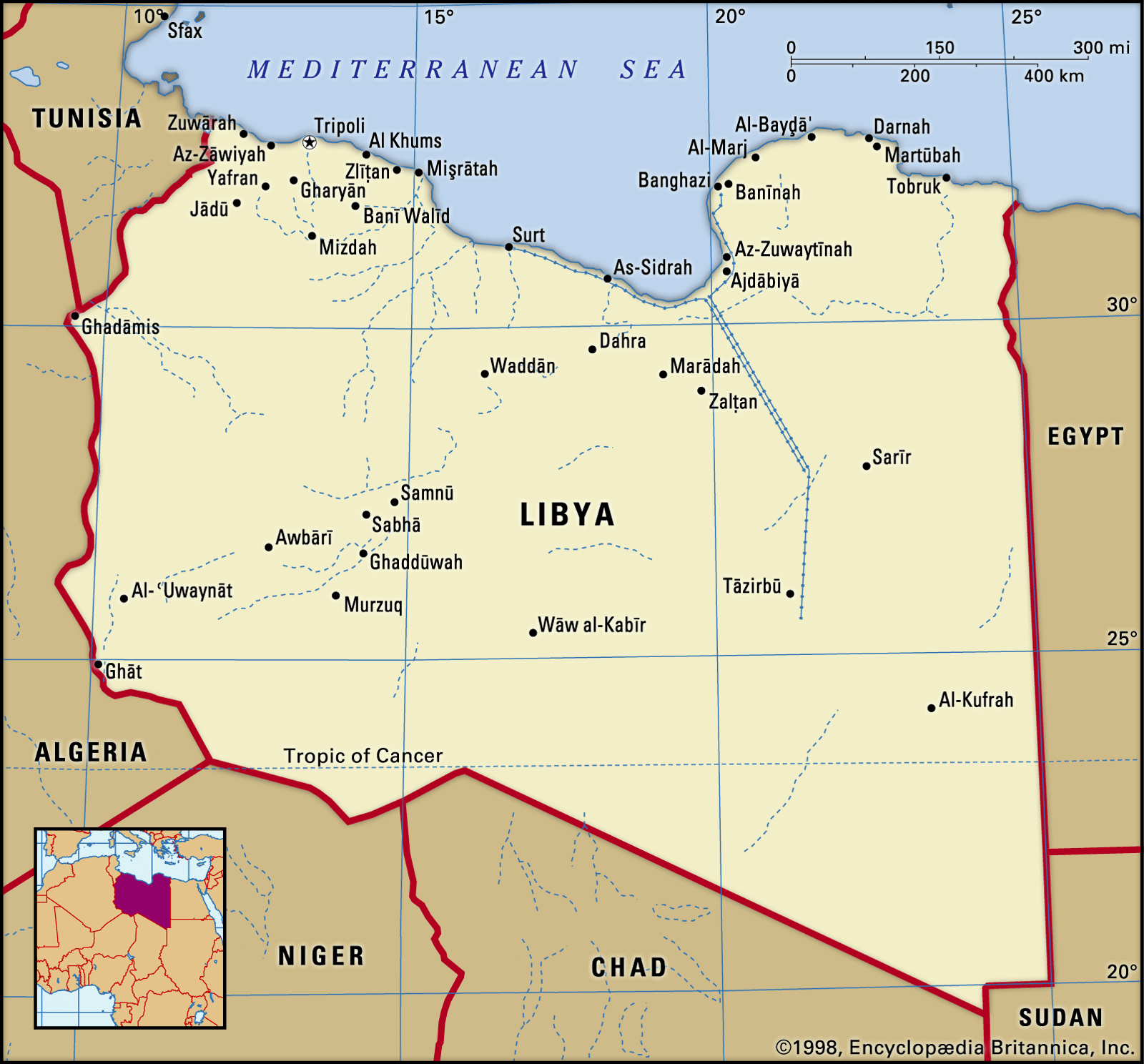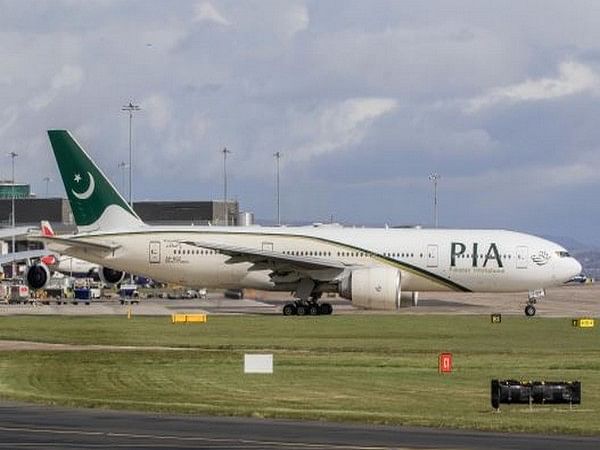Naveed Ahmed Khan
In a major breakthrough with deep geopolitical implications, a coordinated intelligence operation between Iran and Pakistan has exposed and dismantled a sophisticated cross-border network allegedly backed by Israel’s Mossad and India’s RAW, operating from the strategic Chabahar-Gwadar corridor into the heart of Balochistan. This unprecedented development not only reveals the depth of foreign subversion but also offers a compelling case study of regional intelligence cooperation and hybrid warfare countermeasures.
According to credible reports, the Islamic Revolutionary Guard Corps (IRGC) raided a warehouse near Chabahar port last night, which was being used as an operational hub by Mossad-linked operatives. The tip-off came from Iran’s elite cyber unit following a sustained period of electronic surveillance. The outcome was dramatic: 141 agents arrested — 121 Indian nationals and 20 Israelis — along with the seizure of critical evidence including encrypted satellite phones, a Binance cryptocurrency wallet log, and a hard drive containing a strategic file named “Project Gidon-Esha.”
This file would become the linchpin in unraveling a vast network stretching from Iran into Pakistan’s restive Balochistan province. On slide 3 of the digital presentation, red circles appeared over Gwadar, Panjgur, and Mand — marked as “BLA Remote Relay Nodes.” Slide 4 indicated “Node-K7 Karachi” as RAW’s drop-box for transferring funds and explosives to Baloch separatists, specifically the Baloch Liberation Army (BLA) and the Baloch Yakjehti Committee (BYC). These revelations established a direct operational link between external intelligence services and destabilization campaigns inside Pakistan.
Upon receiving this intelligence, the Pakistani authorities immediately sprang into action. In Panjgur, the Counter Terrorism Department (CTD) sealed a clandestine BLA arms cache, effectively disrupting a key logistical base. In Turbat, a covert BYC media cell was raided, resulting in multiple arrests and the recovery of the very same “Gidon-Esha” file found in Iran. The replication of material confirmed the deep integration between Baloch separatist propaganda machinery and foreign intelligence agencies.
Simultaneously, in Quetta, the Federal Investigation Agency (FIA) placed petroleum pump owners under surveillance for their role in Iranian oil smuggling — now revealed to be linked to RAW’s financial pipeline supporting the BLA. Bank account trails connected these pump owners to illicit networks, prompting swift regulatory action.
Within a span of 24 hours, the entire supply chain supporting Baloch insurgency and separatist propaganda was severely disrupted. BLA operatives were left without arms, funds, or digital reach. The BYC’s once-aggressive social media campaign, including operations under the hashtag “#EnforcedDisappearances,” collapsed. Dozens of associated accounts were deactivated overnight, and the infamous disinformation campaign codenamed “Swing Break” fell into dormancy.
The intelligence coup underscores a significant victory against what is now being referred to as the “Fitna al-Hindustan” network — a coordinated effort involving Indian and Israeli agents aimed at fragmenting Pakistan from within, exploiting ethnic fault lines and information warfare.
Further investigation unearthed another critical figure: Rajesh Singh, alias Ramzan — arrested in the Iranian operation — who turned out to be the Chief Financial Officer of a prominent Indian tech export firm based in Mumbai. Singh allegedly funneled $3.2 million into BYC’s operations through three shell companies registered in Dubai — Sehar FZE, Copperline LLC, and Badar Traders. These funds were primarily used to orchestrate the November 2024 digital disinformation campaign, targeting Pakistan’s image globally under the cover of human rights advocacy.
The funds were cleverly routed through cryptocurrency platforms like Binance and shielded behind fraudulent export invoices. The forensic audit traced the funds to digital marketing firms hired to boost fake engagements and amplify disinformation through AI-generated content, deepfake imagery, and coordinated hashtag campaigns. However, following the joint Iran-Pakistan operations, these shell accounts were frozen and the proxy media networks shut down.
What makes this development particularly significant is not just the tactical success but its broader strategic message: that foreign-sponsored hybrid warfare in Pakistan is real, evolving, and now, vulnerable to counteraction.
The psychological impact of the crackdown was immediate. BLA’s leadership, caught off guard by the speed and precision of the operation, has reportedly gone into internal lockdown. A message from BLA commander “Majlis” circulated via a secret Telegram channel warning operatives that the Indian funding and logistics pipeline had collapsed. He instructed local cells to shift to “low-signature activities” and to avoid digital communication channels — a signal of serious operational insecurity.
Additionally, the Zahidan-Quetta courier routes — crucial for moving funds and arms — went cold, as key facilitators declined further participation. These logistic bottlenecks have hampered the ability of BLA and BYC to mobilize resources, plan coordinated propaganda, or carry out physical operations.
This episode offers multiple lessons for Pakistan’s national security strategy. First, Iran’s willingness to share actionable intelligence marks a turning point in regional security cooperation. Despite periodic strains, Tehran and Islamabad find common ground in countering foreign-backed destabilization along their shared border.
Second, the role of technology—both as a tool of surveillance and subversion—has been central. While digital platforms were used to fuel separatist narratives, it was also digital forensics and cyber intelligence that dismantled the network. Pakistan must therefore invest more deeply in cyber capabilities, including offensive and defensive units that can monitor cross-border data flows, trace illicit financing, and proactively counter narrative warfare.
Third, and most critically, the episode validates the need for regional unity against extra-regional interference. It reaffirms that security threats in Balochistan are not merely domestic but are intricately linked to global rivalries and intelligence contests. Strategic patience, regional diplomacy, and joint operations are the need of the hour.
In conclusion, the Chabahar-Gwadar intelligence success stands as a decisive blow to the foreign-sponsored subversion project operating under the guise of human rights and ethnic grievances. Pakistan must now capitalize on this momentum by tightening its internal security posture, regulating digital information ecosystems, and building a robust regional security alliance that neutralizes any attempt at “Fitna” before it takes root.
The message is clear: hybrid warfare is real, but so is the resolve to defeat it.















